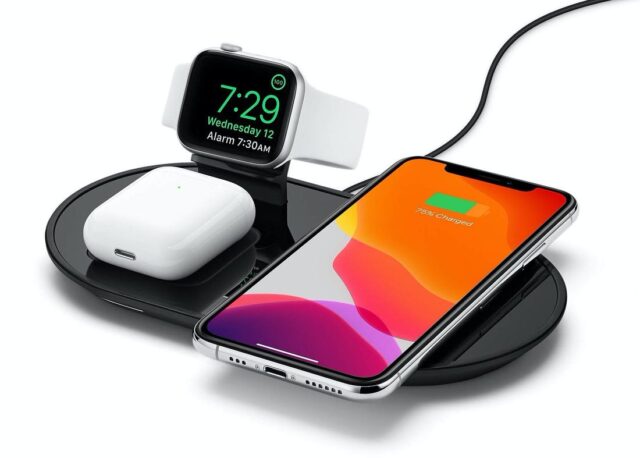
The mobile industry is growing and it is doing it so fast that it is hard to keep track. We have all grown accustomed to and even dependent on our mobile phones. This is something that for some people is a normal thing when it comes to tech advances while for others it is a real problem.
Today we will address those that consider this normal, but still have problems and they are mostly revolving around the battery life of their smartphone. Why did we mention this? Well, the fact is that if you are using your smartphone daily there is certainly one thing that you can relate to and it is a dying battery when you need it the most. Right?
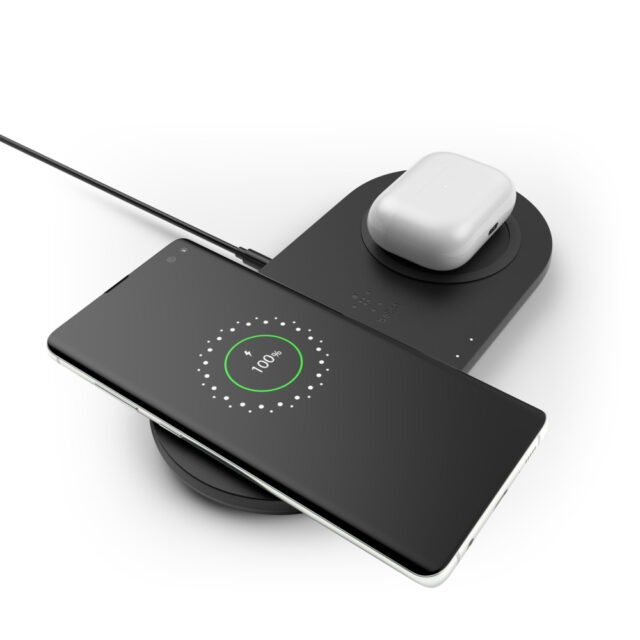
The battery problem is somewhat being resolved but not fast enough and not to the extent one might deem acceptable. At best a battery charge can hold a day of usage, day and couple of hours the most while the rest of that is spending a full night being tied to a charger stuck into your wall socket.
There have been some resolutions to these problems like bigger batteries, that didn’t hold up that good, and battery banks but that just prolongs your agony of refilling everything when it dies eventually. This is where a necessity meets a convenience – a wireless charger technology appears, such as the ones at powermat.com
As soon as the technology of wireless charging hit the world, we started seeing a lot of misconceptions about what and how it does. Today we will sort through some of the most popular ones so enjoy.
1. Every newer device is capable of wireless charging
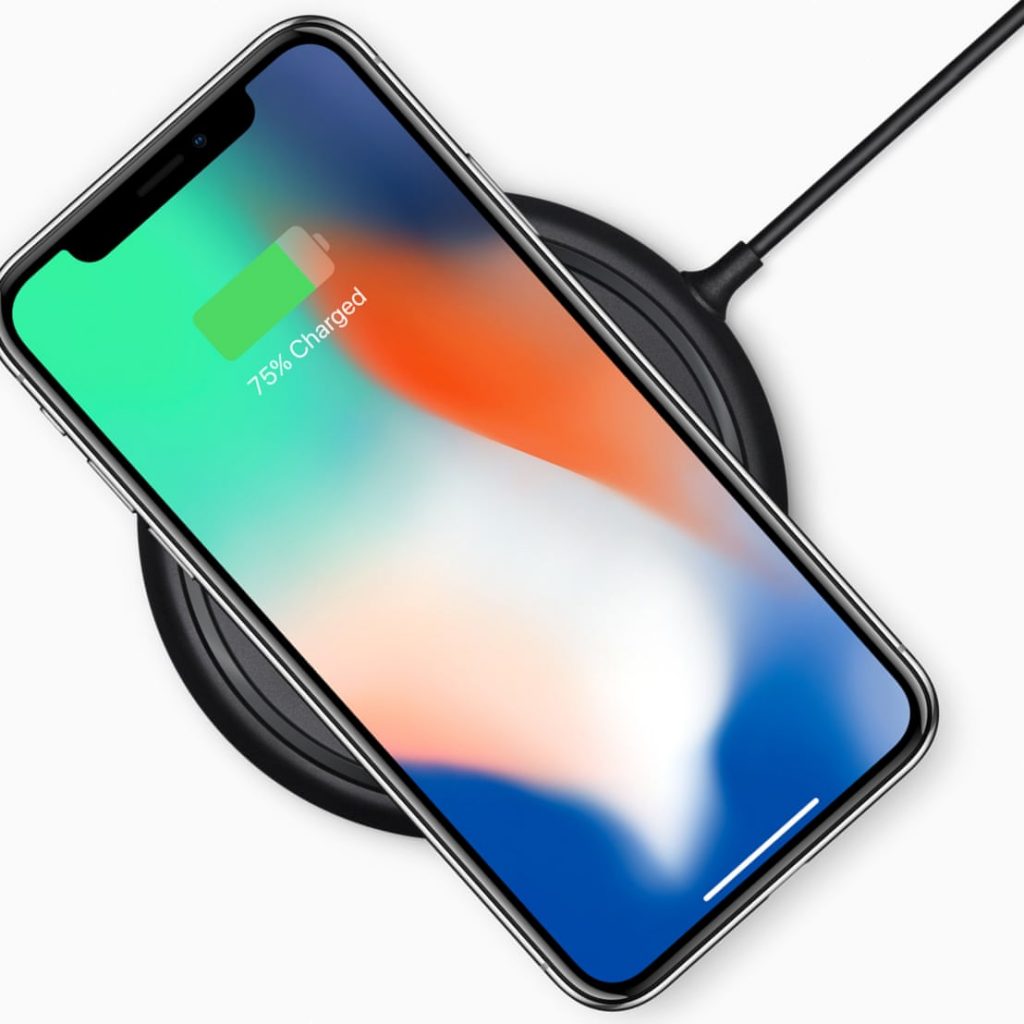
Now, this is something we come across a lot and this couldn’t be more wrong. There is no way a device can utilize wireless charging if it doesn’t have the tech for it. Never mind the fact that it is only a month, three or six old it can’t be wirelessly charged unless the manufacturer specifically stated so on the device or its packaging. We would all love for this to be true and that wireless tech makes some groundbreaking improvement allowing all electronic devices to be charged wirelessly but this just isn’t possible now. Your device has to have a tech build in that supports this feature for you to utilize it.
2. Speeds
Now when it comes to charging speeds this is what is most important to most of us. Those of us who need their devices to be charged as fast as possible, or have limited time that they can spend between the charges will understand this. Most out there that still haven’t tried or took on this type of tech claim that the wired chargers still have the upper hand as far as charging speeds go. Again this is wrong because it doesn’t depend on the cable it depends on the brick or the charger itself. It revolves around the speed and wattage it can deliver to the device.
This means that not all wired charges charge your electronic devices the same speed. 2W and 24W fast charger, for instance, cant charge the same device at the same speeds and that is a fact. On the other side, some of the first wireless chargers were notorious for charging speeds, but since technology has moved forward they have also adopted some newer designs that made them pick up the pace and now maybe be even better than wired ones.
3. Usage while charging
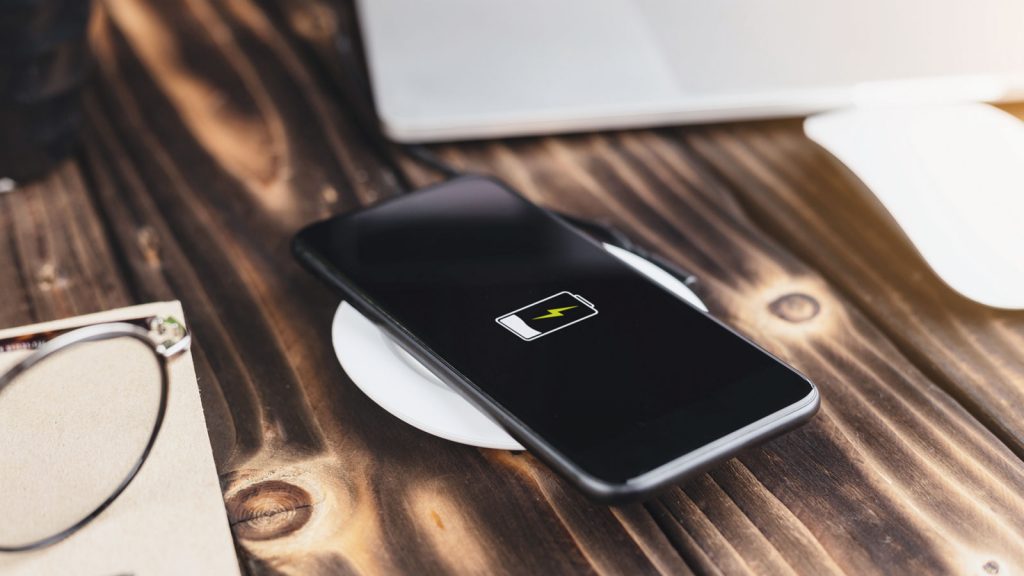
Now, this is something that can be highly disputed and will not sit properly with most. This is something that comes from the phone side of things and here some argue that wireless chargers are bad because you can’t use your phone and charge it at the same time while having a plugged phone eases that. Now me as a person that usually charges my phone at night, and very, very rarely during the day, doesn’t care about that. I set my phone on the pad and go to sleep.
I don’t touch it, I don’t use it, I don’t scroll through news or social media until morning when it’s already 100% charged so I don’t care about this one. Plus, it’s a somewhat dumb comparison. I could also argue that while charging your phone you are tethered to your wall and have autonomy of only a few feet. How do you like that?! You can scroll and use your phone but changing rooms is out of the question right?!
4. Wireless or no
Again something that all industries complain about is the question of whether the wireless charging is wireless at all since the inductive plate has to be connected to a power source. Technically this is true but it is again a different point of view for most. You don’t look at a wireless charger as a whole or you do. If you don’t you only see a plate that transfers charge to another device, and if you see it as a whole then you do see the cable that is providing power to the pad and therefore power to the device that is being charged.
No matter how you look at this some changes have been implemented to bring this more to the future and even more, changes will come along where the wireless chargers will be wireless indeed. They will not be limiting meaning you will be able to move and use the device as it’s being charged, we just have to be patient a little while.
5. The price
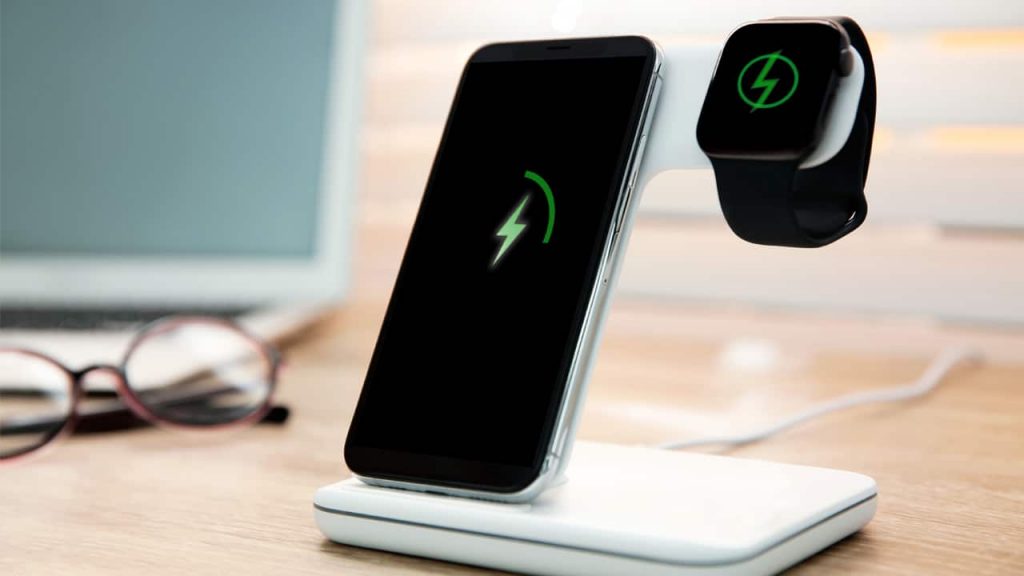
Now when it comes to the price this is one thing that goes against wireless charging. The tech behind it is expensive and these are indeed pricy things to make and own. This is mostly transferred and most visible in the smartphone department where the wireless pads can cost almost as a lower-tier smartphone (depending on the pads’ characteristics of course). This is something that is not too appealing for most but as time progresses and as the tech behind this gets more refined it will be more affordable and it will be more usable in the future. Many are working on this technology in all branches and we believe that a huge revolution is just around the corner which will make this tech one that is hard to live without.









